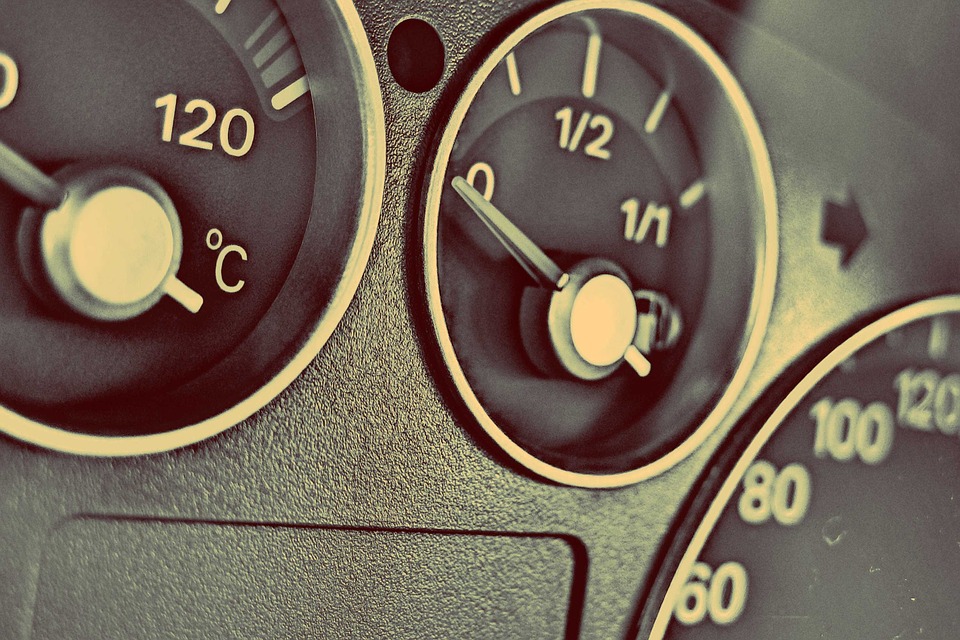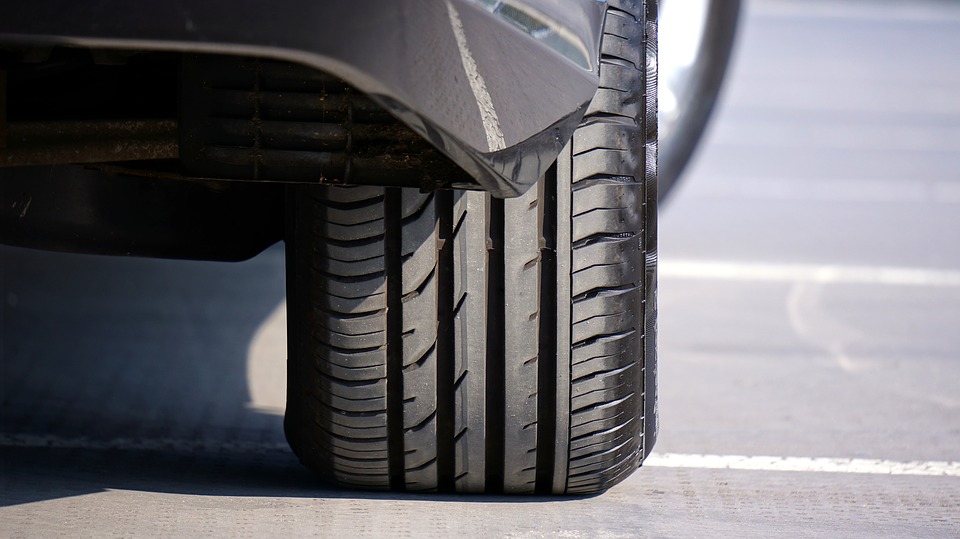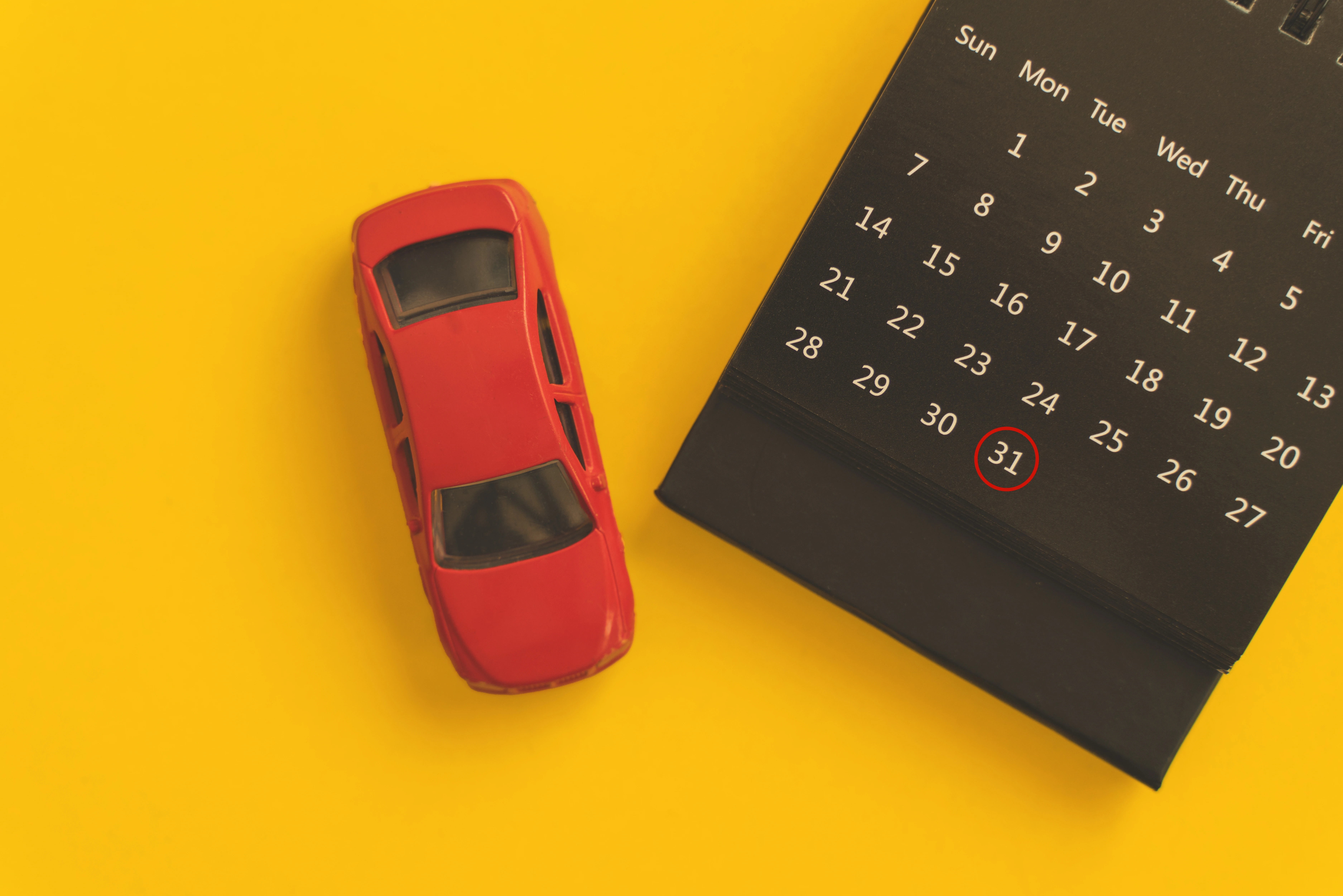We all have a good old moan about the price of filling up. But are you doing all you can to drive as economically as possible?
Just because your fuel gauge is going into the red, it doesn’t mean your bank balance has to follow suit. The AA reckons that dropping from 80 to 70 mph could slash your fuel bill by 25%, so consider slowing down a bit

Be gentle with the right foot. Accelerating like Lewis Hamilton may be fun but it’s also expensive. It also means you may get locked into a pattern of accelerating and braking rapidly.
Drive smoothly and use your anticipation: in that way you can minimise the stop-start nature of your driving and save on fuel consumption. For instance, braking hard and accelerating away at speed bumps uses extra fuel: keep to 15mph to 20mph instead.
Also, listen to your engine and/or watch your rev counter when changing up. Many drivers wait until around 3,000 rpm (for petrol) or 2,500 (for diesel). The more economical way is to change up a little sooner – say at 2,500 and 2,000 respectively.
Those of us on a family road trip will be used to having a car laden with luggage and people. Drive in as high a gear as soon as you can – it’s more efficient, so long as your car is coping comfortably with any slope.
Extra weight means extra fuel consumption, so travel as light as possible, although on a family holiday it’s generally best to come back with the same number of people you set off with.
If you have a roof cargo box, removing it when it’s not needed can save up to 20% in fuel during a year.
As ever, do the basic motoring checklist: making sure tyres are in a good condition, inflated properly etc.

Air con uses fuel while open windows cause wind resistance and noise at high speed. So, it’s best to use air con at higher speeds and open windows while driving more slowly around town.
Engines which are already warm are more efficient than cold ones, and anyway why make two journeys when one will do?
All these things will help to make you a more frugal driver but whatever you do, it’s still best to source the best value fuel. Top up before a long journey at the filling station with the lowest prices. If you think you’ll need a top up before returning, check out the best value outlet before you set off back and incorporate that into your trip.
Fuel station pricing sometimes appears to exist in a parallel universe, where different rules apply.
Pumps can vary wildly in their costs and the poor old motorist can easily end up being stung with a hefty bill.
A recent Sunday Times study quoted one price comparison app as saying some motorway service areas charge as much as 37p a litre more than if you went to a nearby station off the motorway.
There are now numerous price comparison apps which can tell you where you nearest value for money pumps are.
Never miss a deal again
Sign up to our mailing list to receive the latest deals straight to your inbox!
Categories
More Articles

The Best Electric Vans For Business Leasing In The UK
Businesses are on a quest to go green so the electric van market is a rapidly increasing one, that's why we have put tog...

When Is The Best Time Of Year To Lease A Car In The UK?
Leasing offers all-year-round benefits, but there are seasonal factors which make some periods of the year a good time t...

2024's Top Leased Cars Revealed: Surprising Favourites Among UK Drivers
From hatchbacks and SUVs to luxury cars, we give the run down on the UK's top 10 lease cars from 2024.




























